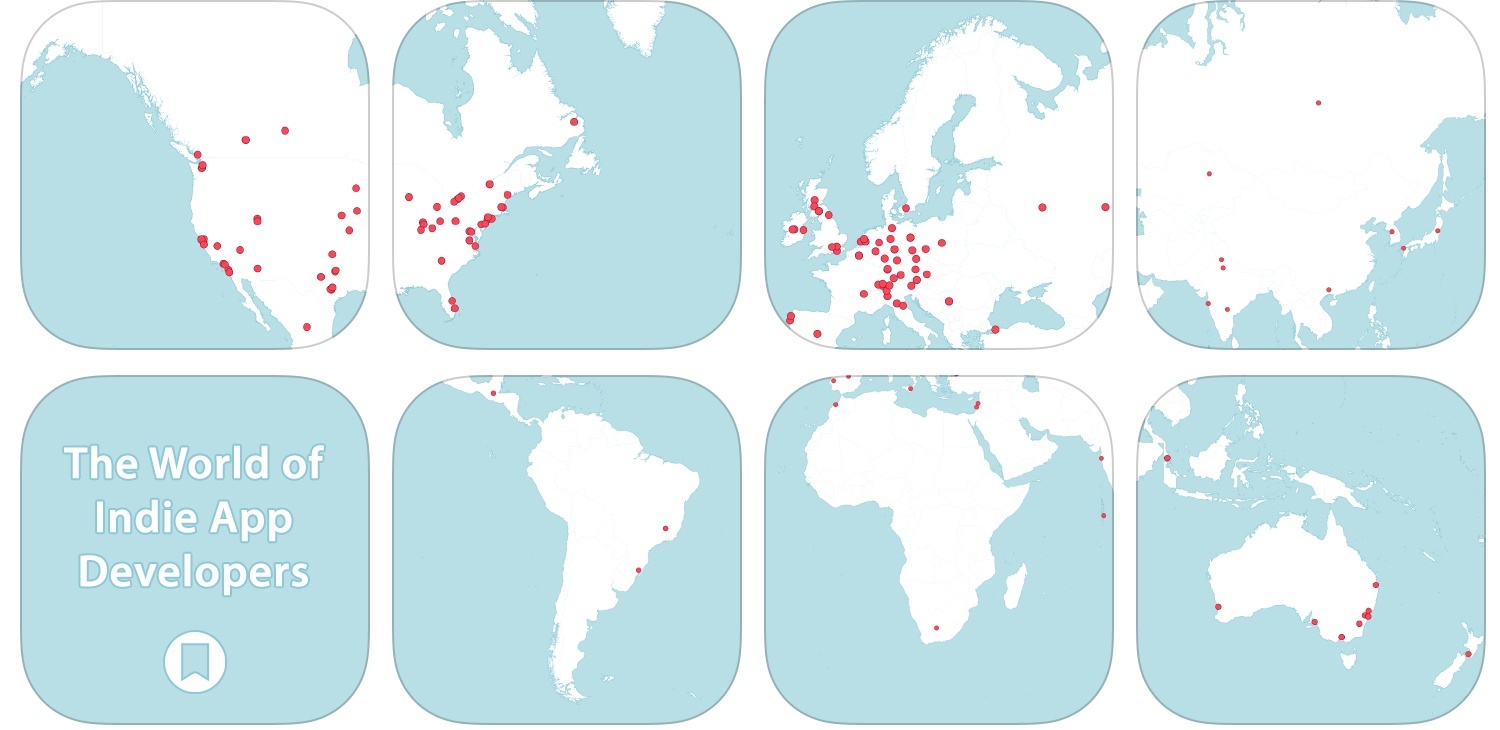From the Supertop blog (makers of Castro and Unread):
Shortly after iOS 8 was released, Apple opened this new beta testing service to iOS developers. When compared to the previous testing process, it is a major improvement and I am grateful to the team behind it. It is a sign that Apple cares about third party developers and about helping us improve the quality of the software we provide.
In the past few months, I’ve been testing about 50 apps with TestFlight, and, as a user, I think the system is way better than the old days of beta testing with Hockey and the original TestFlight. I don’t need to give developers my device UDIDs; all my betas are in the TestFlight app; I get notifications for updates; and, I can easily unlock In-App Purchases in beta builds with my Apple ID. Apple has built the new TestFlight with simplicity in mind, and I appreciate the time it has saved me so far.
It’s not perfect. Developers have reported various issues with uploading builds and automatic crash reporting hasn’t been integrated yet. When TestFlight sends you an email for a beta update, the build’s changelog isn’t reported in the email, forcing you to open the TestFlight app (an extra step). You can’t view a beta’s version history (like you can on Hockey). And, as Supertop mentions, betas expire after 30 days, and that’s never fun.
Still, I think TestFlight is, from a user’s perspective, a great start from Apple. Developers need a solid, easy, and reliable way to let people test their upcoming apps. TestFlight already hits all the basic points of this process.


